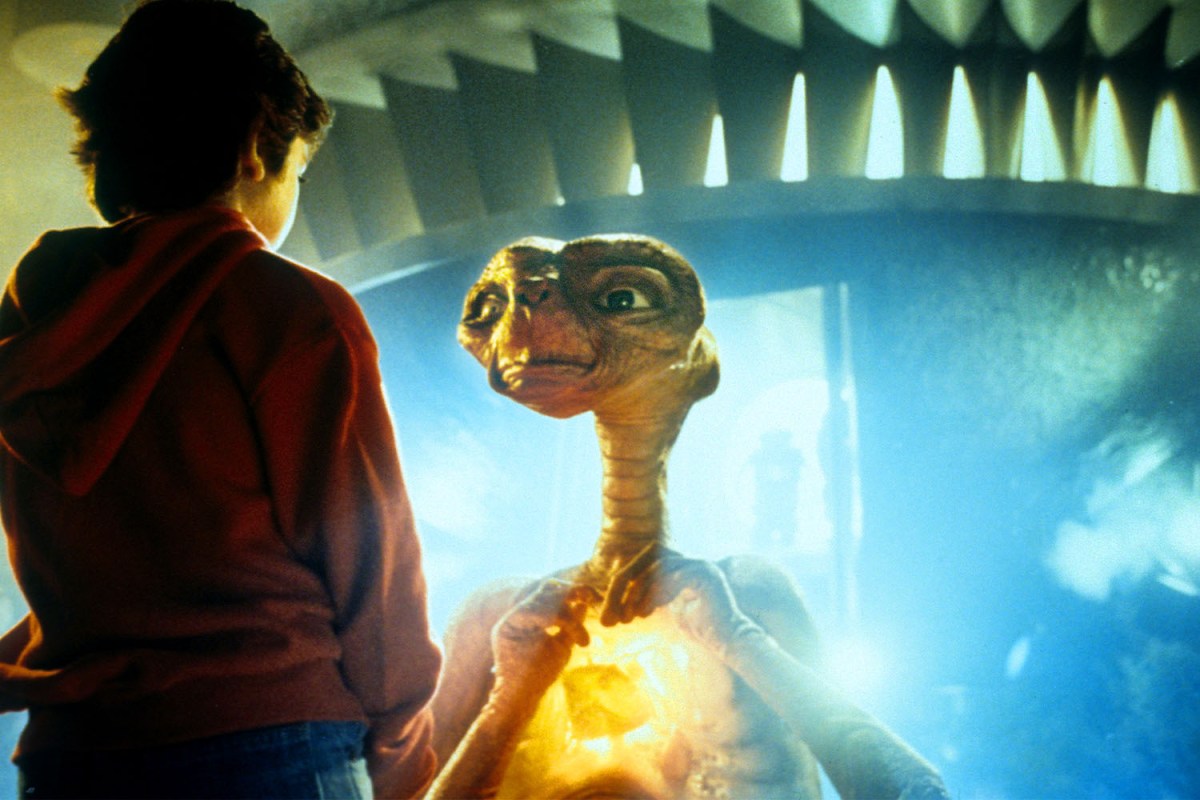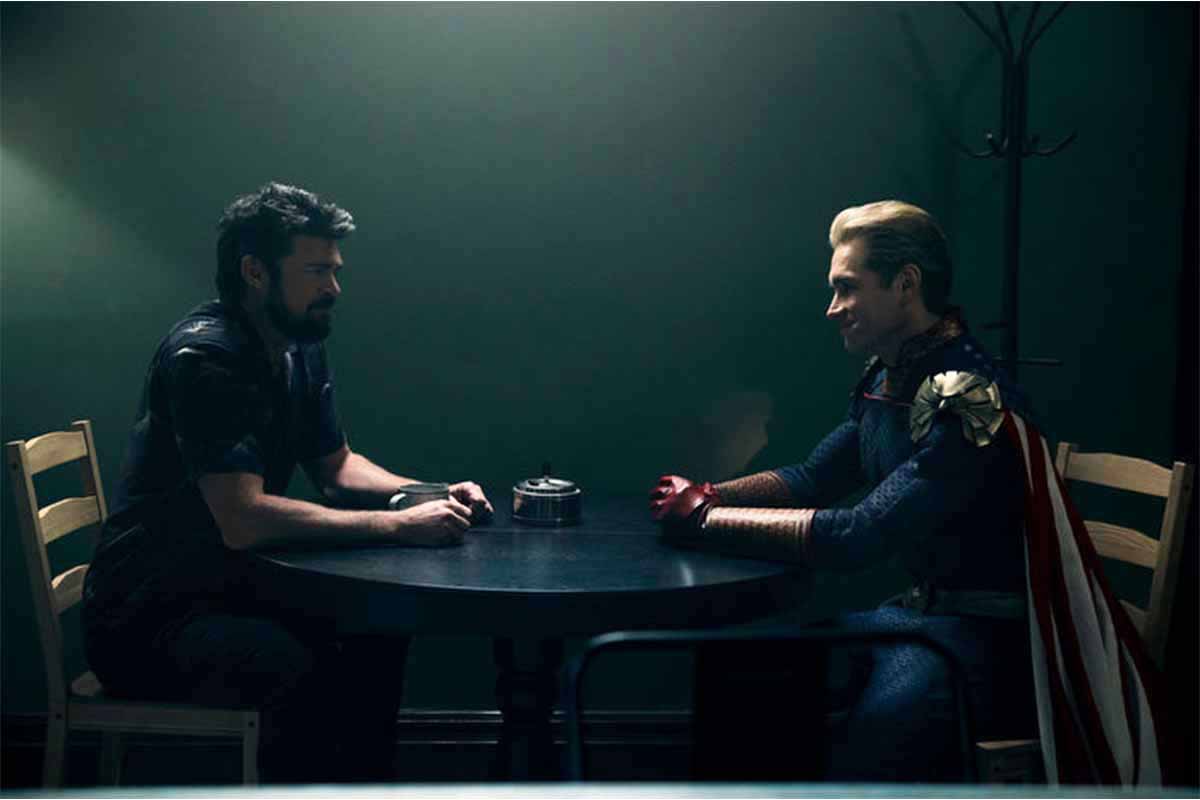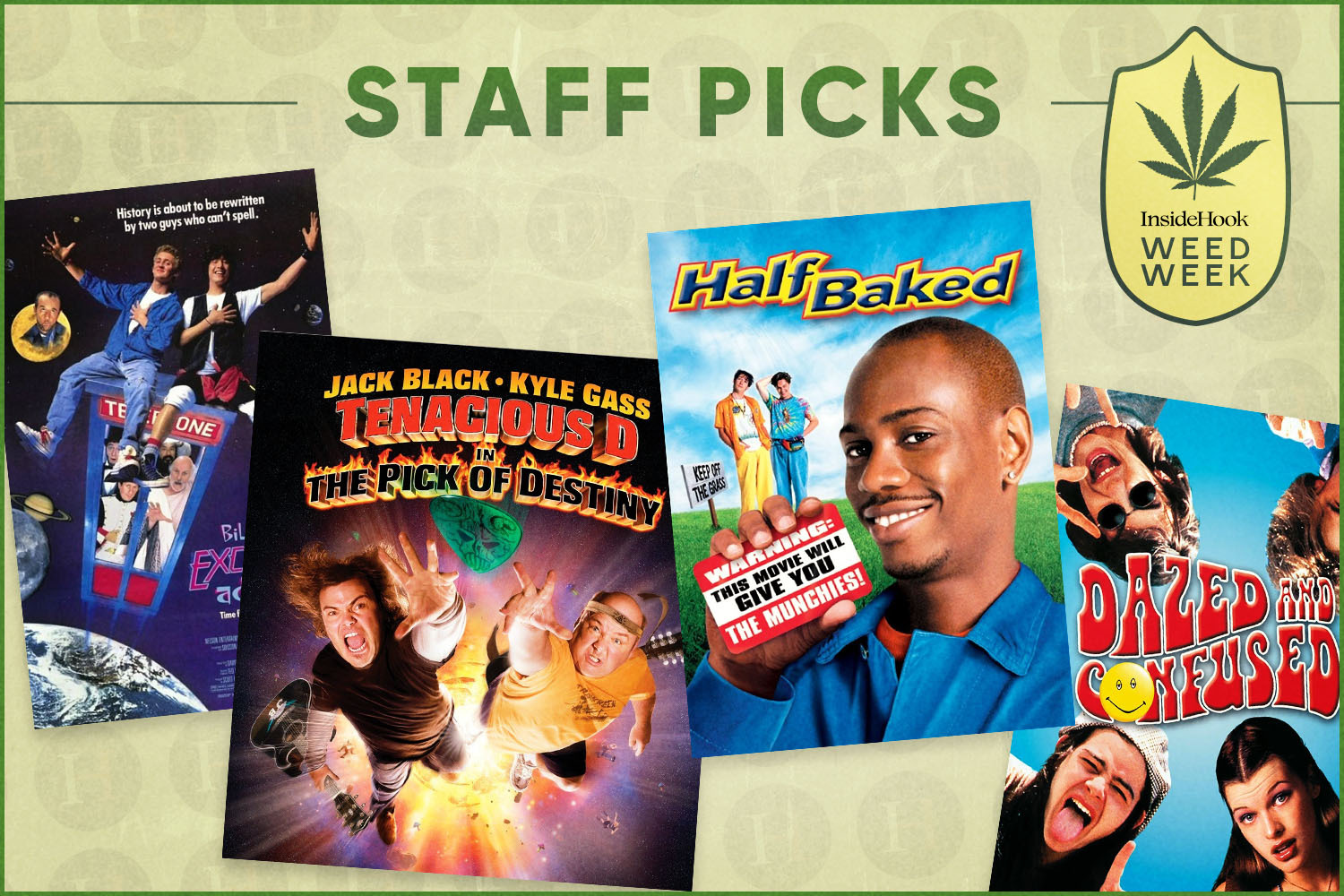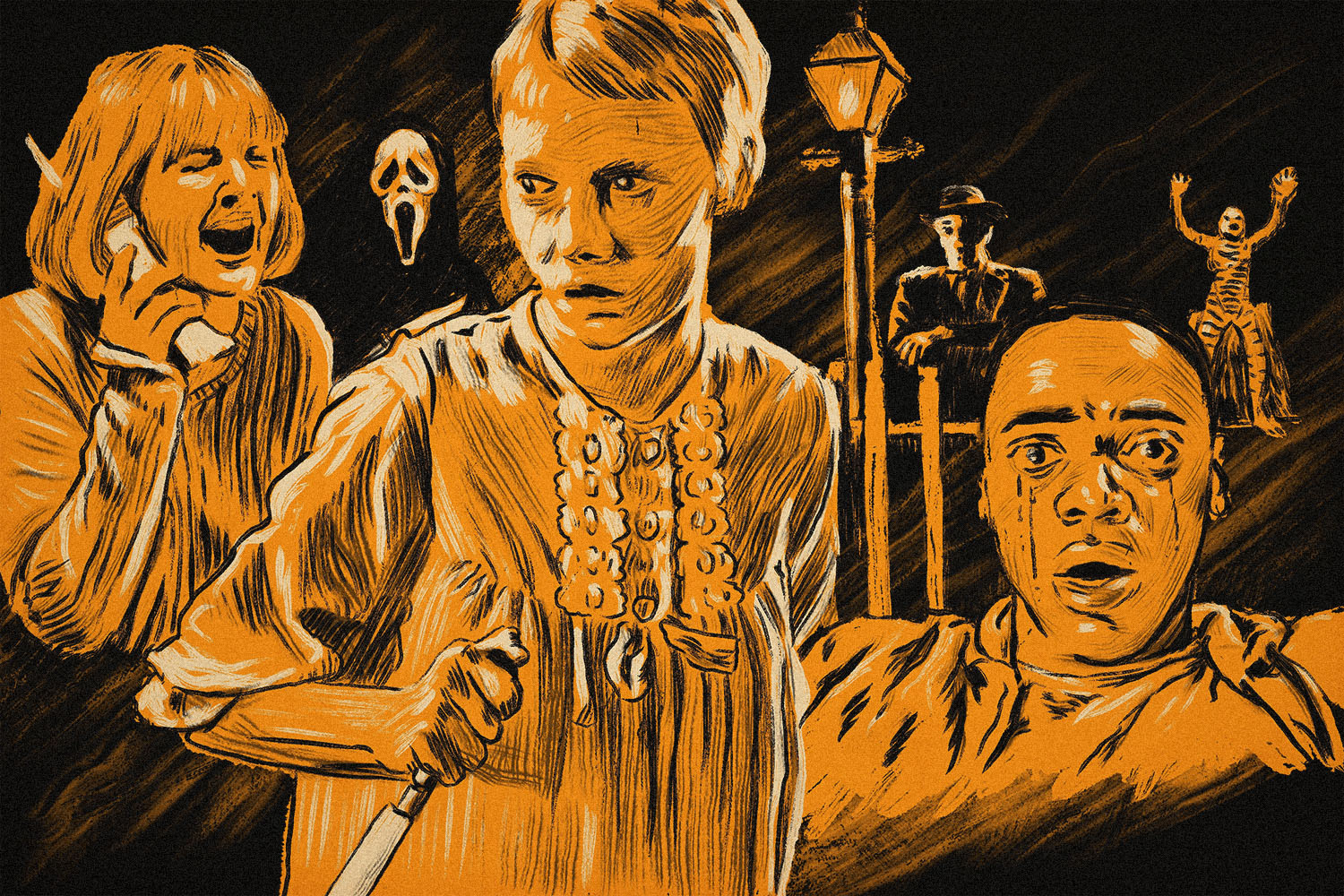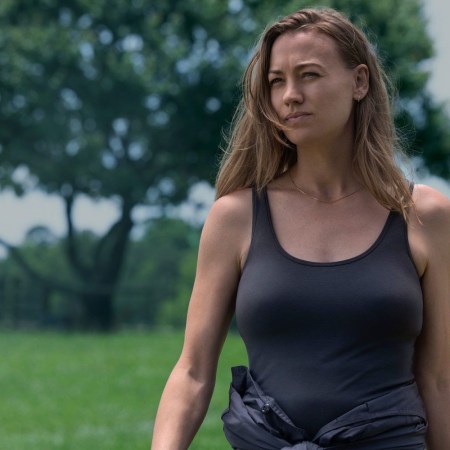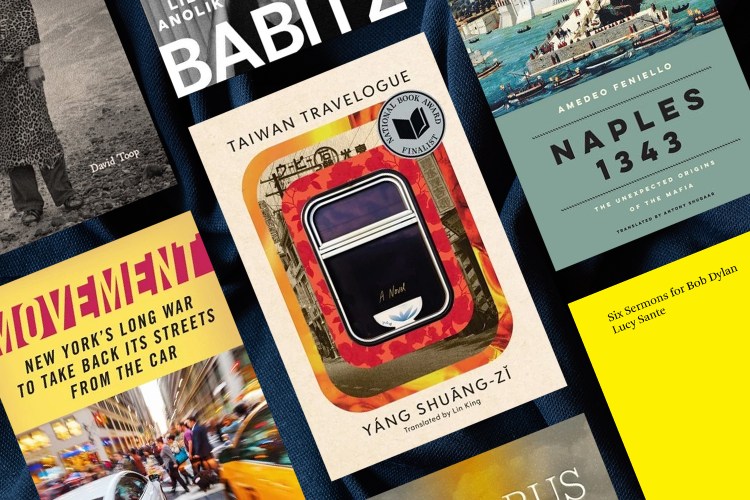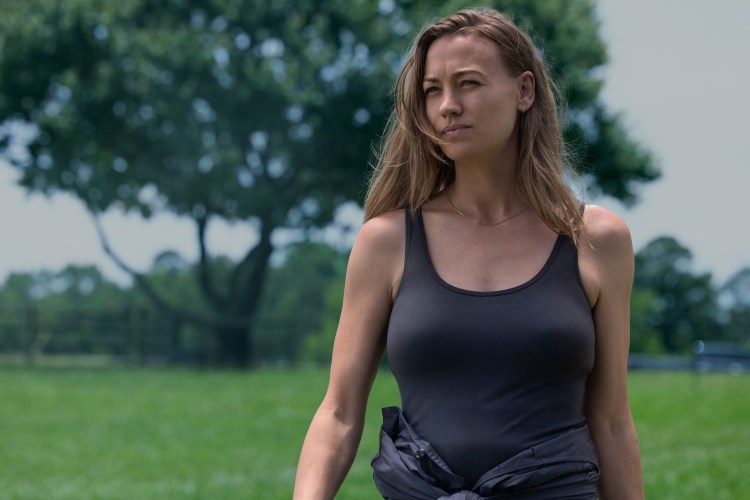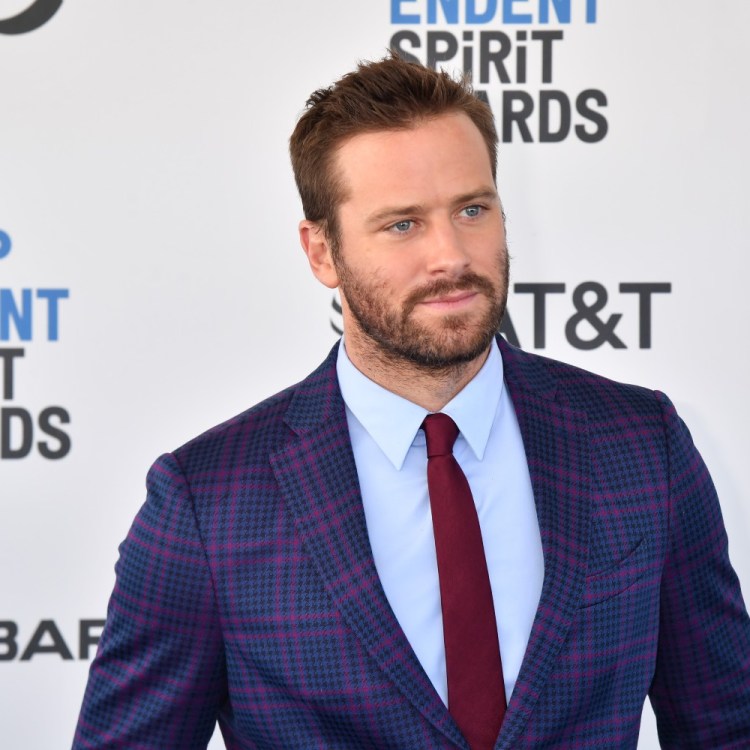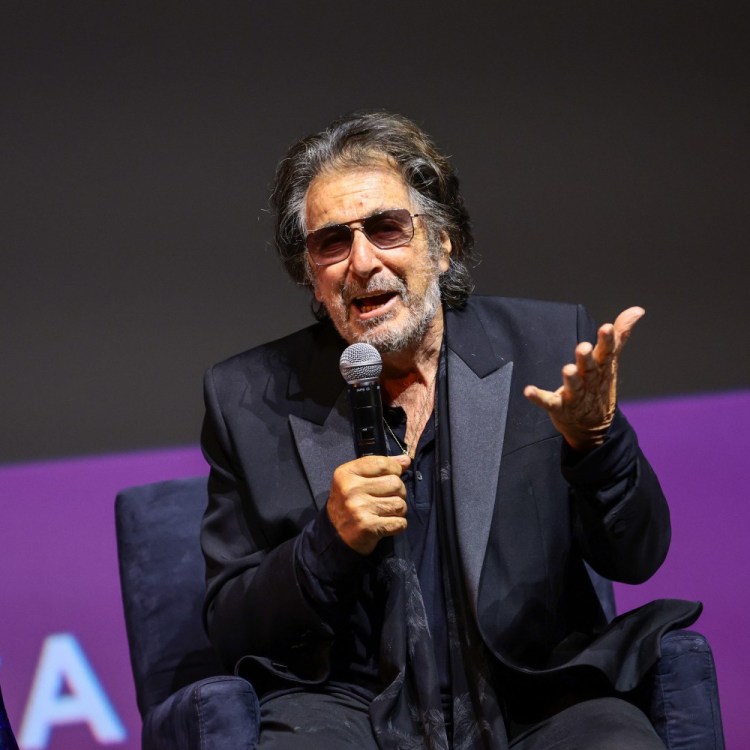In 1982 I was 10 years old and in my summer movie watching prime. Unfortunately, I was also living overseas and nowhere near a traditional movie theater.
So my love of that summer — as it relates to film — is all with 40 years of hindsight. I didn’t see any of these blockbusters (or should-have-been blockbusters) for months or even years after their initial release. And I never saw them in theaters; they all screened on a bulky TV via our family Betamax.
In these days of big-budget movies landing on streaming services within months or weeks (or even as day-and-date releases), that all sounds quaint: We can pretty much see every film whenever or however we want. I approve of this progress, but what made 1982 special was not knowing that we were getting an E.T. or an improved Star Trek or a decade-defining teen comedy.
Using the unofficial start of summer (Memorial Day weekend) to define the movies of 1982, here are 10 cinematic masterpieces from that season that still resonate today and what made them special.
(For long-time InsideHook readers: Eight years ago we ran with a different take on the best summer of movies ever, determining that 1989 was actually the winning year, presenting as evidence everything from Do the Right Thing to Batman to, um, Road House. It was an interesting and flawed argument, now lost in some unreachable digital netherworld; with an additional eight years to ponder, we’re sticking with the summer of ‘82)
The bigger sequel: Rocky III
Write all you want about how the third Rocky film turned into a cartoon — while the original film was low-budget and gritty, round three found Sylvester Stallone (star/writer/director) and his titular boxing hero facing off against Hulk Hogan (“Thunderlips”), Mr. T (“Clubber Lang”) and his own crippling self-doubts. Honestly, that sounds like a modern-day superhero film. Thankfully, Balboa conquers all through the tutelage of his former rival, a kick-ass soundtrack (“Eye of the Tiger”) and the most awkward training montage/bro-hug of all time.
The family horror film: Poltergeist
Steven Spielberg’s power in Hollywood was proven by him convincing the MPAA that Poltergeist, a shocking and frightening suburban haunted house tale, deserved a family-friendly PG rating. Tobe Hooper (The Texas Chainsaw Massacre) was ostensibly the director here, but rumors suggest Spielberg — who co-write and co-produced the film — was really the creative visionary behind the movie, which succeeds not only for its Oscar-nominated special effects but also for putting the emphasis on the family dynamic when dealing with the unknown. Big-budget horror films rarely work — it was the human element that helped this one gruesomely flourish.
The better sequel: Star Trek II
Spoiler alert: As a casual Star Trek viewer, even I choked up at Spock’s funeral/sendoff (soundtracked to a bagpiped “Amazing Grace”). This is an older, darker and more adult Trek, one that was, no joke, loosely inspired by Hamlet and Moby Dick. And Khan remains the best movie villain of the series — an angry, intelligent and somewhat sympathetic character. Oh, and those Ceti eels (see above)…that sequence is burrowed into my head forever.
The hill I’ll die on: Grease 2
It’s a better movie than the first one. At the very least, the women are stronger characters, particularly Michelle Pfeiffer — here, she’s Stephanie Zinone, the leader of the Pink Ladies (in all her “early ’60s cum punk rock style” glory) who longs for a “Cool Rider” and not a T-Bird reject. And the songs? If “Let’s Do It For Our Country” has not aged well at all, “Reproduction” is a genuinely entertaining, R-rated sex education singalong.
The blockbuster everyone enjoyed: E.T.
Cute alien befriends child, yes, but E.T. is really a story about the effects of divorce on a family (inspired by director Steven Spielberg’s early family life). Would this film exist today? Doubtful. It’s not inspired by a comic book, a riff on existing IP or a remake — and it’s also the rare “genre” movie that appeals to kids and adults. And probably aliens.
The cult classic: Blade Runner
The studio butchered Ridley Scott’s adaptation of an old Philip K. Dick sci-fi novel, forcing in unnecessary voiceover narration and a happy-ish ending. There are now seven different versions (and a sequel) to make things right for this noirish thriller, which ponders big questions about technology and humanity. Visually stunning 40 years later, Blade Runner also contains the best and most succinct (42 words!) death soliloquy in modern movie history.
The scariest movie…ever?: The Thing
Ask someone for a good movie remake, and you’ll get a very short list that includes The Departed, The Ring and this vastly underappreciated John Carpenter horror flick, itself based on a 1951 movie and novella. The plot — shapeshifting otherworld entity stealthily invades an Antarctic research base, kills off increasingly paranoid humans one by one — plays as the perfect marriage of Alien and Invasion of the Body Snatchers. And the (non-CGI) creature effects here will still give you nightmares. The movie’s failure may have been in timing: Much like the underperforming Blade Runner, this is the antithesis of a feel-good summer film.
The metaverse 40 years early: Tron
Speaking of our immersive future, but four decades early…Jeff Bridges is Kevin Flynn, a brilliant but arrogant programmer sucked inside his own creation and forced to fight against a fascist computer system and free the captured programs (which are represented by real people). It’s a story about hackers, avatars, AI and digital malevolence years before the Internet.
The smart teen comedy: Fast Times at Ridgemont High
Your two memories of this film are probably centered around stoner/surfer Spicoli (Sean Penn, when he had a sense of humor) and the sight of Phoebe Cates walking out of a pool. Fair enough. But it’s also one of the first movies to portray all the good, bad and confusing aspects of teenage life honestly — probably because the film is based on some very real experiences that writer Cameron Crowe encountered when he went undercover to write about high school life in his 1981 book of the same name. Also, this may be the most realistic and open depiction of abortion in a mainstream film.
The elevated animated film: The Secret of NIMH
Before there was Pixar there was Don Bluth, a disgruntled Disney animator who left to create his own studio. One of his first projects? A story (based on a 1970s book) about genetically modified rats with human intelligence who also use human technology to survive. The traditional animation techniques used in this modestly-budgeted film still resonate today.
This article was featured in the InsideHook newsletter. Sign up now.
